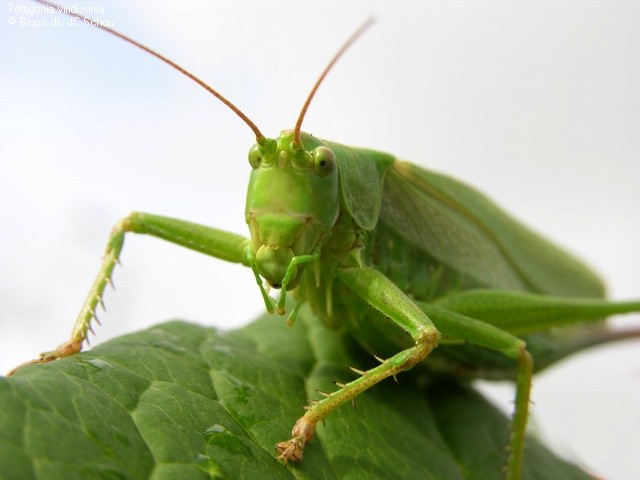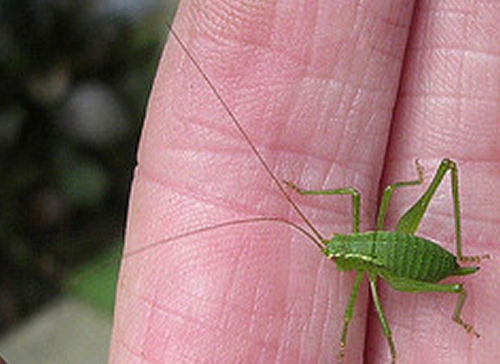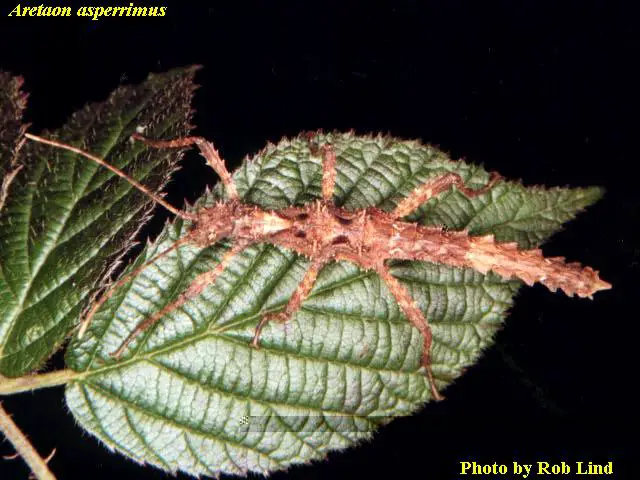Great Green Bush-cricket
The Great Green Bush-cricket (Tettigonia viridissima) is indeed large and bright green. Although large cricket swarms can cause damage to crop fields, on the whole these animals are harmless. In some regions of Italy there’s a rather barbaric belief – if you nail a cricket to a baby’s bed, it will bring luck.
These creatures inhabit all Europe, including Southern Britain, as well as North Africa and the Middle East. Being one of the largest crickets, these species reach a size of 28-35mm, with males generally being smaller than the females. As the name suggests, the Great Green Bush-cricket is bright coloured bright green. A characteristic that distinguishes crickets from locusts is the long tentacles that start at the head and grow back, reaching almost the length of the body, as opposed to locusts that have short tentacles. Some cricket species can grow tentacles even three times the length of the body.
Great Green Bush-crickets easily adapt and can inhabit a variety of landscapes. They prefer a not very humid area with plenty of vegetation and arid meadows, and they can be found in both countryside fields and small cities, especially house gardens abundant in food.
Crickets are most active in the late afternoon and evening and during this time they search for food. As many similar species, these Crickets feed on both plant and animal life. Most of the animal’s diet consists of small bugs and larvae, which after being found by the long tentacles are deliberately chewed by the simple mouth apparatus. Although the Cricket also eats some juicy parts of plants, the fear of cricket swarms attacking a crop field are ill-founded, as the animal does more good than harm, catching and destroying the malign bugs.
Great Green Bush-crickets mate starting with the end of July up until September, which can easily be identified by the loud hissing – this way the males attract females. After a female has been charmed by the song, copulation occurs. A few days later, the female lays about 100 eggs in a crack in the soil. After spending the winter, the eggs hatch into caterpillars and in May or June they come above the surface and start eating to evolve. These young crickets are a miniature of their parents, also being coloured bright green.
The caterpillars spend almost all the time feeding, thus gathering energy that is required to grow into mature individuals. Before they become imagoes (grown specimen), they drop their skin seven to eight times, every time eating their old skin. It takes a few months for a Cricket to reach its maximum size and become sexually mature, and after copulating in the summer, they soon die, which means Crickets live for about 6 months in total.




